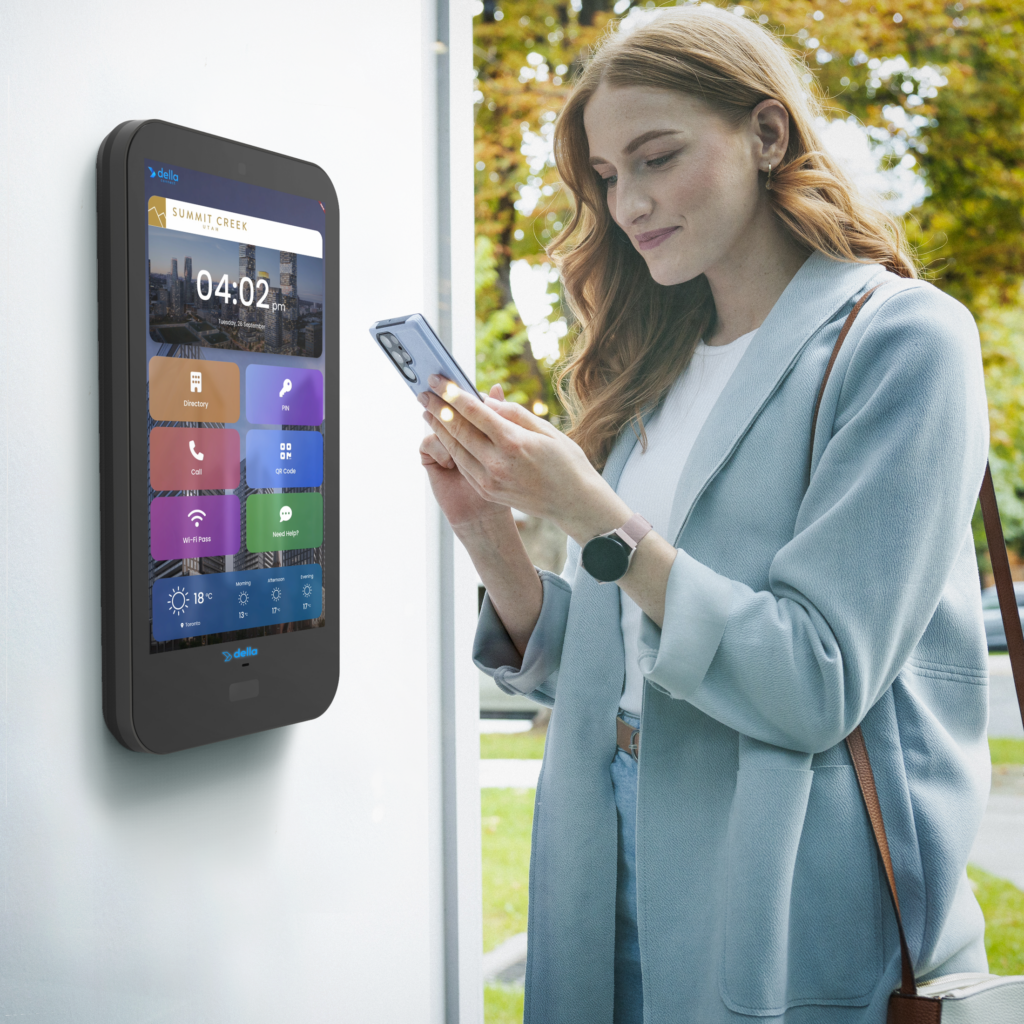- Sales: +1 385 334 4390Support: +1 801 396 2521
Being in the hospital can feel like a cumbersome experience for anyone involved, but hospital TVs can make your experience just a little bit better. Did you know that hospital TVs aren’t the same as regular TVs? It’s true, and as it turns out, their key differences matter. What works at home won’t work at the hospital, and vice versa.
Whether you’re in charge of TVs at your hospital or you want to know more about them for an upcoming stay, keep reading to learn everything you need to know. We hope you stay out of the hospital, but if you find yourself staying overnight, let the hospital TVs do their job: entertain you!
About Regular TVs
Regular TVs have significantly evolved over the years, with smart TVs being the most popular choice. They easily connect you to your favorite apps so that you can use your TV for much more than cable. Gamers and work-from-home employees rejoice! You can quickly hook up your TV to your gaming devices or use your TV as a large monitor with your laptop.
When it comes to actual TV, many people are opting for streaming apps instead of cable these days. Non-smart or regular TVs are still out there, though. They’re a far cheaper option than the smart TVs with a higher price tag.
And while many people are incentivized to spend more on a smart TV, some people opt for a regular one. After all, streaming services sell HDMI sticks, so you can still watch your favorite shows on a regular TV with your remote control in hand.
Simply put, regular TVs (whether regular or smart) have been around for ages, have evolved over the years, and are a great option if you just need a TV.
About Hospital TVs
Hospital TVs are different from regular TVs. They’re created and designed for hospital settings to make a patient’s recovery process more manageable. Because patients have limited mobility, some of the functions of a regular TV aren’t as accessible. That’s why the hospital TV was invented.
Safety and ease of use are perhaps the most essential features of a hospital TV. After all, you don’t want a patient falling out of bed while reaching for the remote. You also don’t want to limit how much TV they can watch.
Did you know that you should turn off regular TVs after 8 to 12 hours to prevent overheating? Hospital TVs are designed for 24/7 use. Now, that doesn’t mean you’re stuck with the TV constantly blaring! But it does mean that you can watch TV day or night, which could be especially helpful in taking your mind off your pain or coping with insomnia.
Hospital-Grade TV Features
Even with the volume turned up, it can be hard to hear the TV from across the room. It can also be a pain to juggle multiple devices. You might need the nurse’s help, or you might want to switch channels, but you can’t find the right remote for what you need.
One of the best features of most hospital TVs is the patient room pillow speakers that come in the form of a remote control. It solves multiple problems.
First, it enables the patient to hear the TV through the speaker that’s installed in it. When you hear “pillow speakers,” you might literally think of speakers shaped in a pillow.
But instead, the title comes from the fact that the pillow speaker is often on your hospital bed. It’s kept within close reach to call for medical assistance easily, should you need it.
In addition to hearing the TV through the speaker and pressing a button to call for help, you can also flip through the TV channels and control the volume with your pillow speaker.
UL Hospital Grade Listed
You’ll want your hospital TVs to be UL Hospital Grade. UL is a company that specializes in certifying the grade of products. UL looks at construction and safety requirements when issuing certifications.
There are regulations from the National Electrical Code, The Joint Commission, and the National Fire Protection Agency that must be met for hospital TVs. If your hospital TV is UL Hospital Grade, it is safe for a hospital environment. You can rest assured that your patients can safely enjoy watching TV while recovering and waiting to get discharged.
Advanced Entertainment Platform
You’ll want an advanced entertainment platform for your hospital rooms. An AEP works through cloud-based updates and can be managed remotely. The TV offers live cable and on-demand streaming that can be easily accessed through apps on the TV. The home screen is also customizable, so your patients can get what they want quickly.
DIRECTV Residential Experience
The DIRECTV Residential Experience is hard to beat. DRE operates with linear satellite and broadband, dramatically enhancing your user experience. It comes with over 100 HD channels and a guest DVR that allows guests in every room to record live TV. You can set up your DRE for hospital guests so that they can access everything they need in one place.
Groove Technology Solutions
Are you looking at hospital TVs? Are you debating over what system you should use? What will work best for your patients?
These are excellent questions to ask! The great news is that Groove Technology Solution has the answers you’re looking for. We offer technology solutions for better living experiences, including in hospital settings. If you need hospital-grade TVs, please don’t hesitate to reach out to us today. We offer all the services described in this blog.
Describe what you’re looking for, and we can help you find the perfect solution for your guests’ needs. Groove Technology Solutions is a Utah-based company providing hospital healthcare needs, among other services, across the nation. You can request a same-day quote, contact our sales team, or talk with support any time you need help. We’re here to help you succeed.


Explore Our Industries and Services in Detail
Discover how our all-in-one technology solutions and systems integrations can improve your guest and resident experience.



